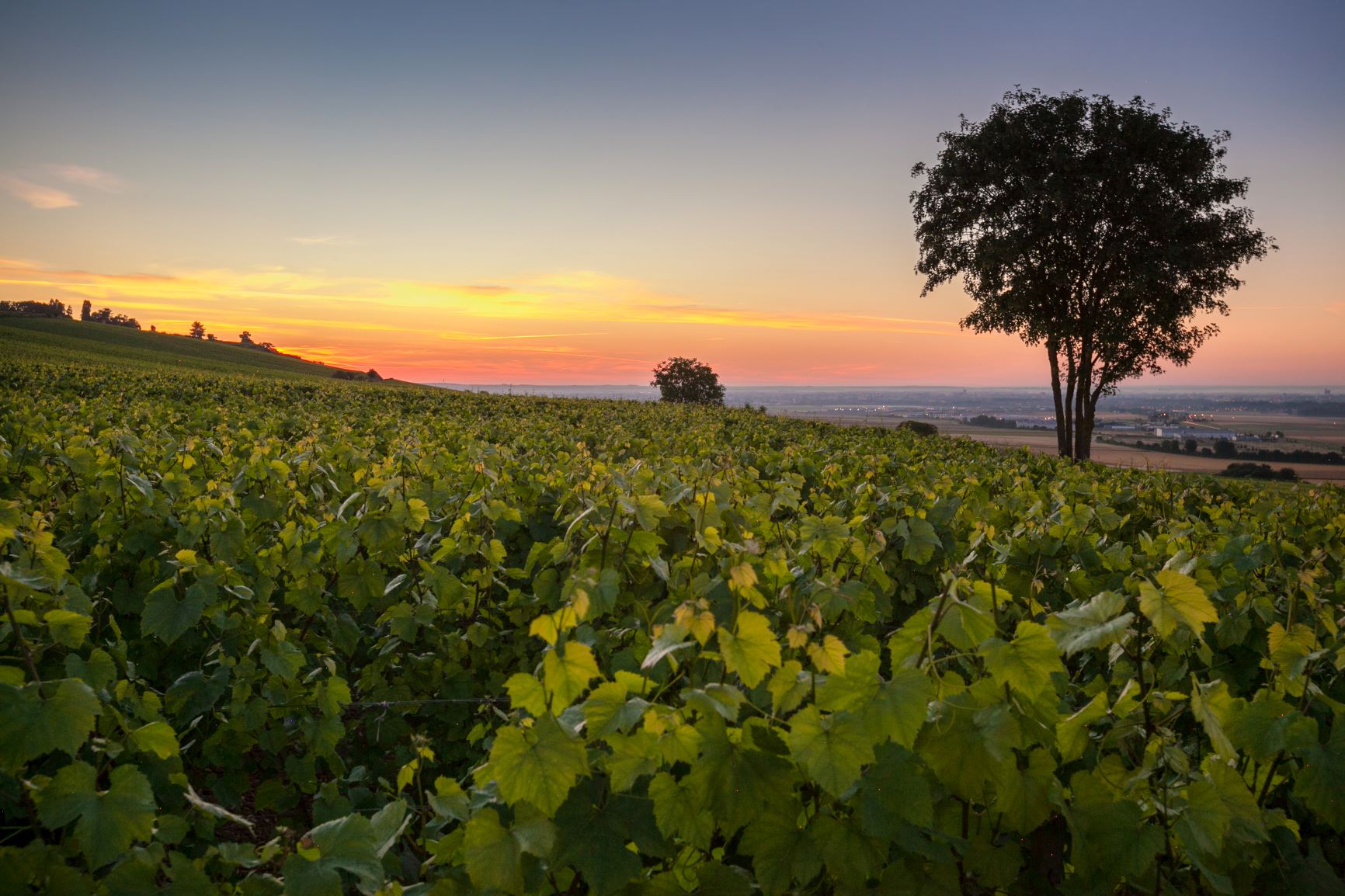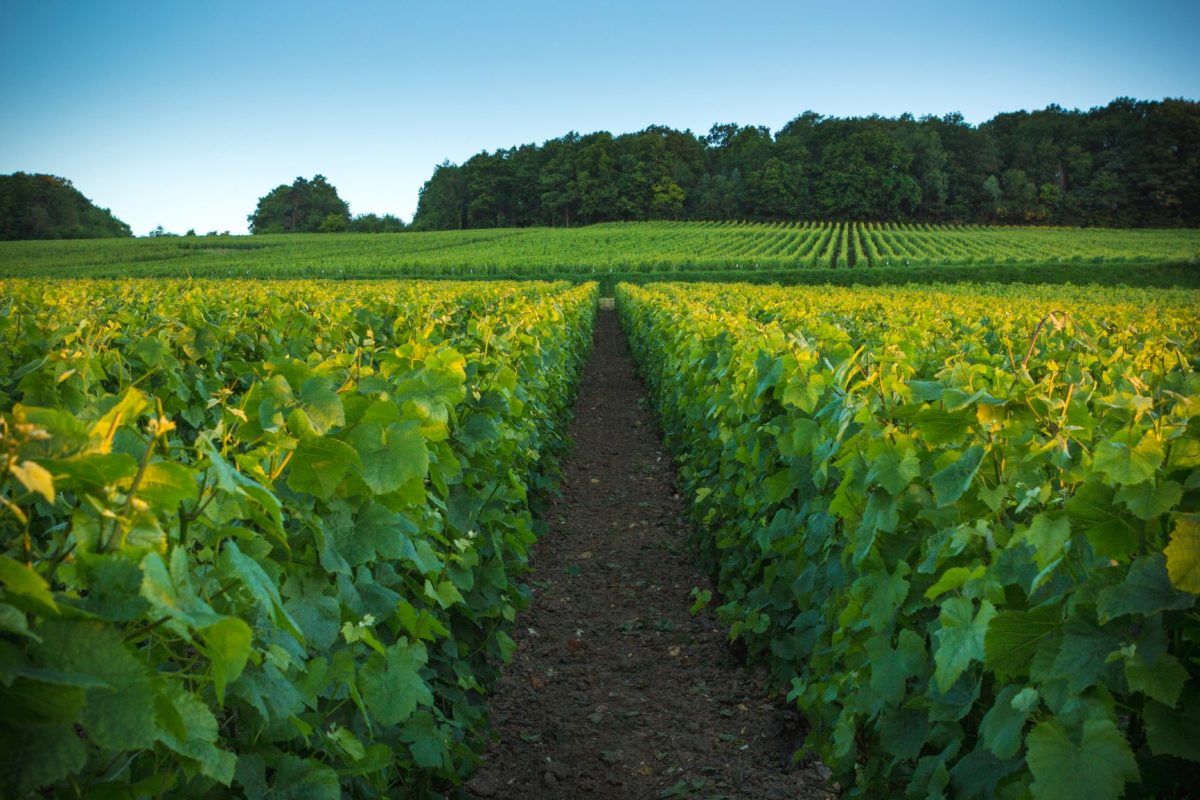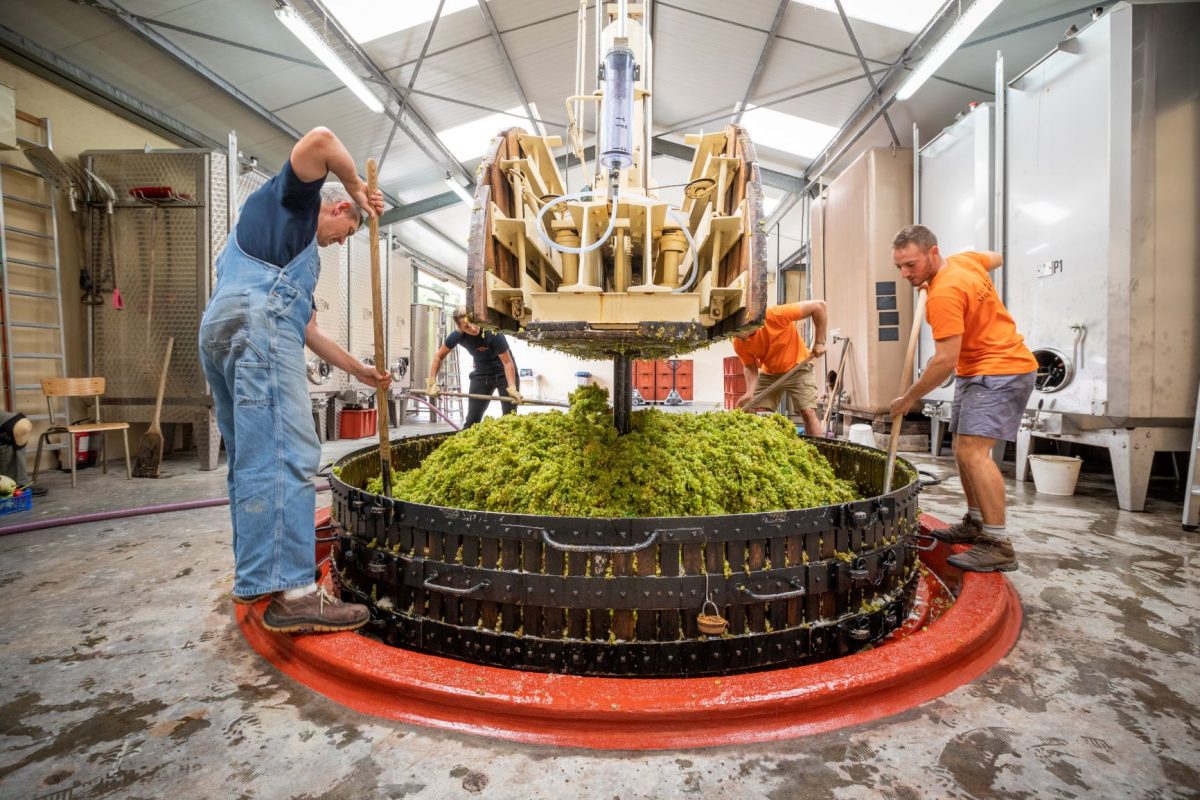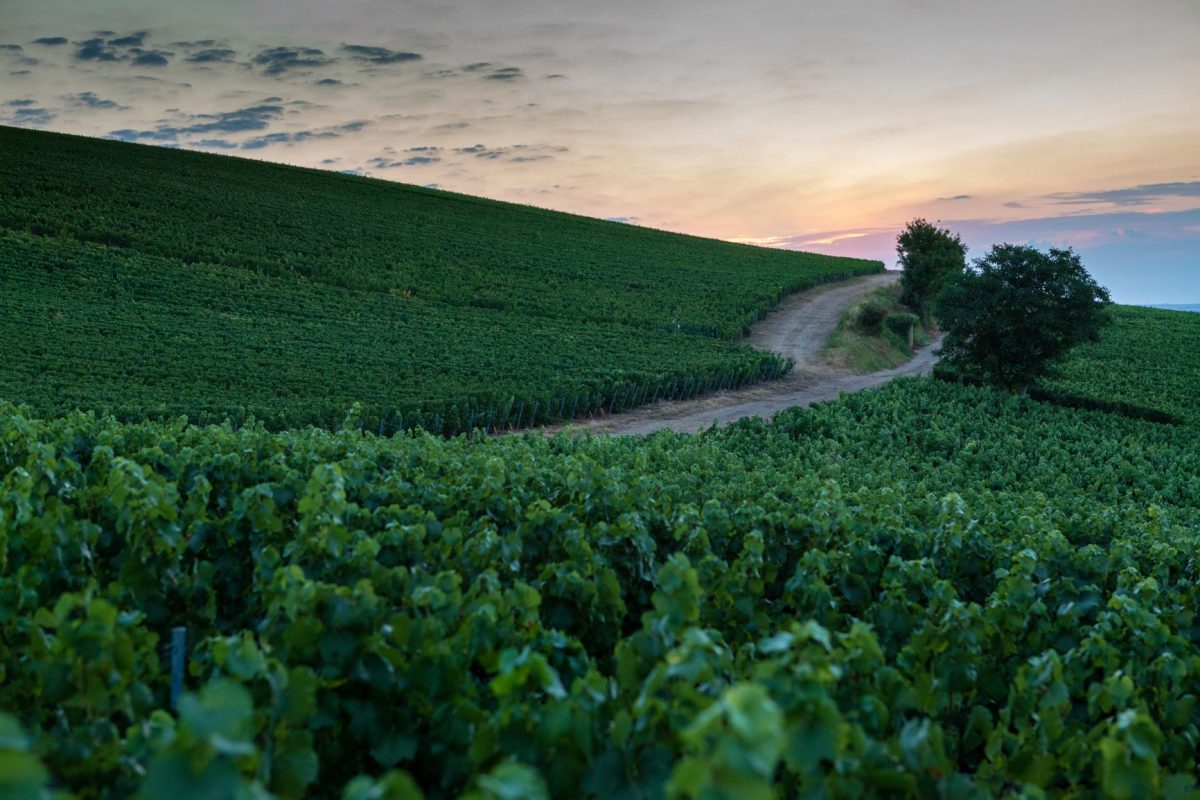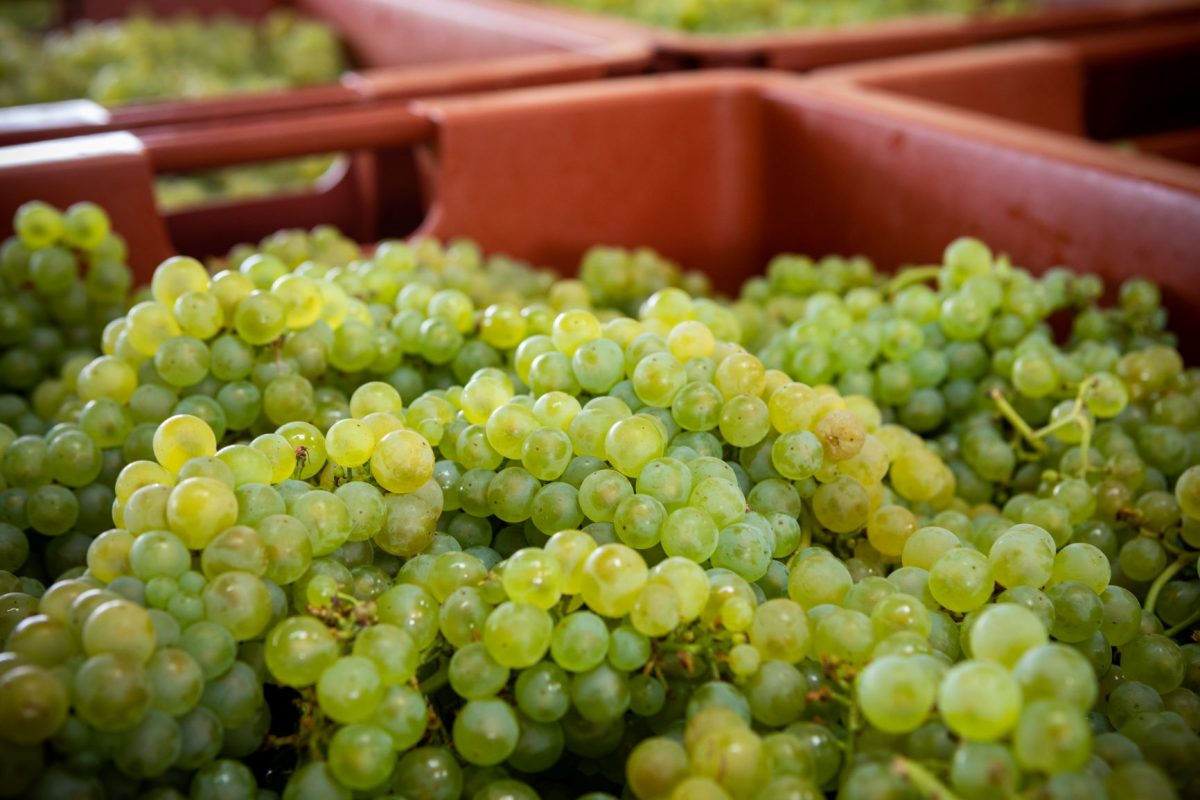Leaving Troyes in a north-westerly direction, the chalky Champagne region, which used to be seen as a poor area, has become prosperous. We might think of it as being dull, but its expanses, with its changing light, are a whole range of shades: ochres, browns, beige, greys…
In the winter, the earth is chalky and white; in the summer, like a kaleidoscope, it has many shades. Crossed by the tree-lined Seine and its villages, the landscape has the feel of a leafy, intimate passageway.
And then, overlooking the plain, like an island in the distance… there’s a hill… and the vineyards appear…
There’s no doubt, we are truly in the Champagne region!
Find out more...
Leaving Troyes towards the west, the Montgueux hill, covered in vines, looms.
Known as the Montrachet de Champagne, the visitor can appreciate its slopes planted with Chardonnay, which is the main grape variety here, on the chalky soil.
Yes, we’re in Champagne!
The wine of kings, the king of wines!
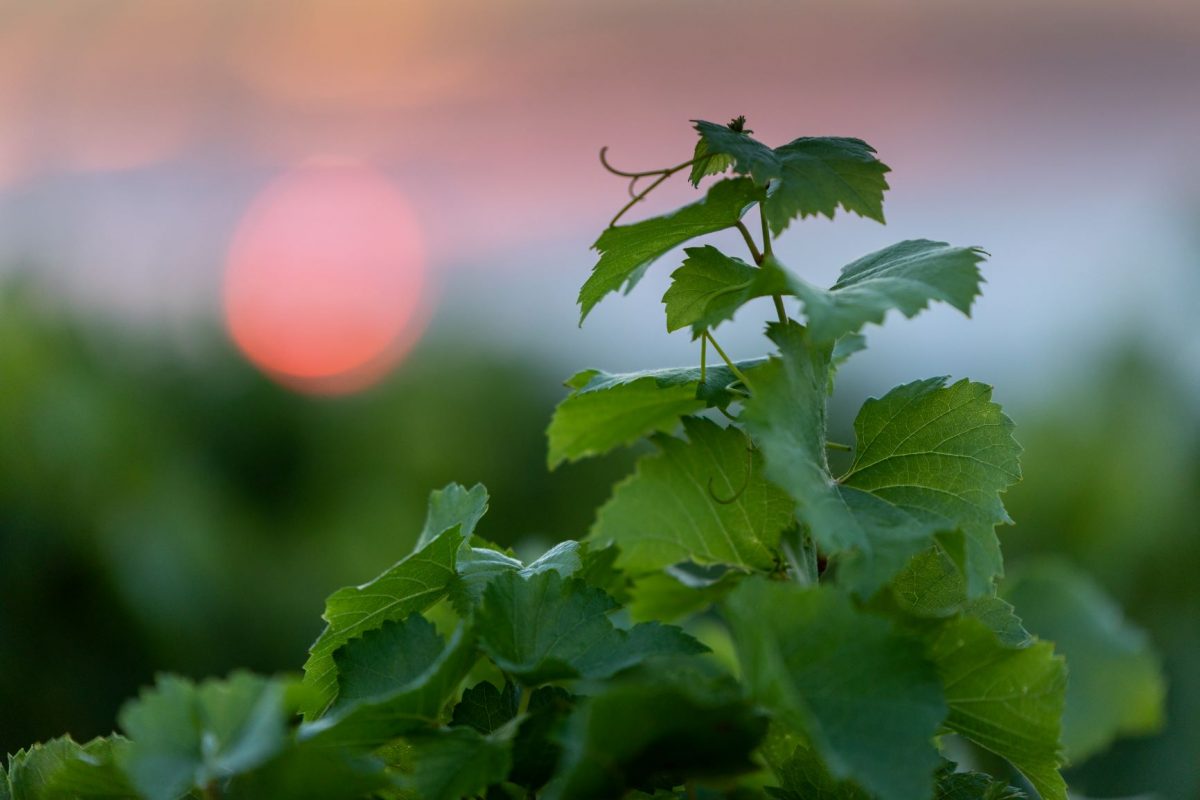
The Montgueux vines, today 208 ha, are planted on the side of a dome that has existed for centuries. Despite it being isolated, the value of this land has been recognised and, in 1927, it took its place within the Champagne appellation.
This is why you must be sure to taste this precious nectar, this divine wine, from one of the 40 wine-makers in the region.
Drink in moderation of course!
Now, let’s descend again into this uniquely beautiful landscape where the horizon seems endless and the chalky Champagne soil has been changed by fertilisation and modern production techniques. Thus, the “poor” Champagne region of the past is now envied, with its intensive agriculture making it the second largest wheat- and cereal-producing region in France.
The villages that are scattered across the plain are mainly agricultural and the farms that have expanded have kept the traditional character of this flat land: brick and chalk.
This farming land is also a land of history.
And among these villages, there is one in particular that is in the history books, the village of Payns.
A stronghold of Hughes de Payns, the founder of the Knights’ Templar, it is the western birthplace of the Knights’ Templar.
Since the first western commandery was established from 1129 on the land of its founder, the whole village has lived with the legacy of these famous Monk-Soldiers, especially since the discovery in 1998 of the exceptional coin treasure of the Payns Templars!
Its museum tells the extraordinary history of the Knights’ Templar, founded here in the Champagne region, now known all over the world.
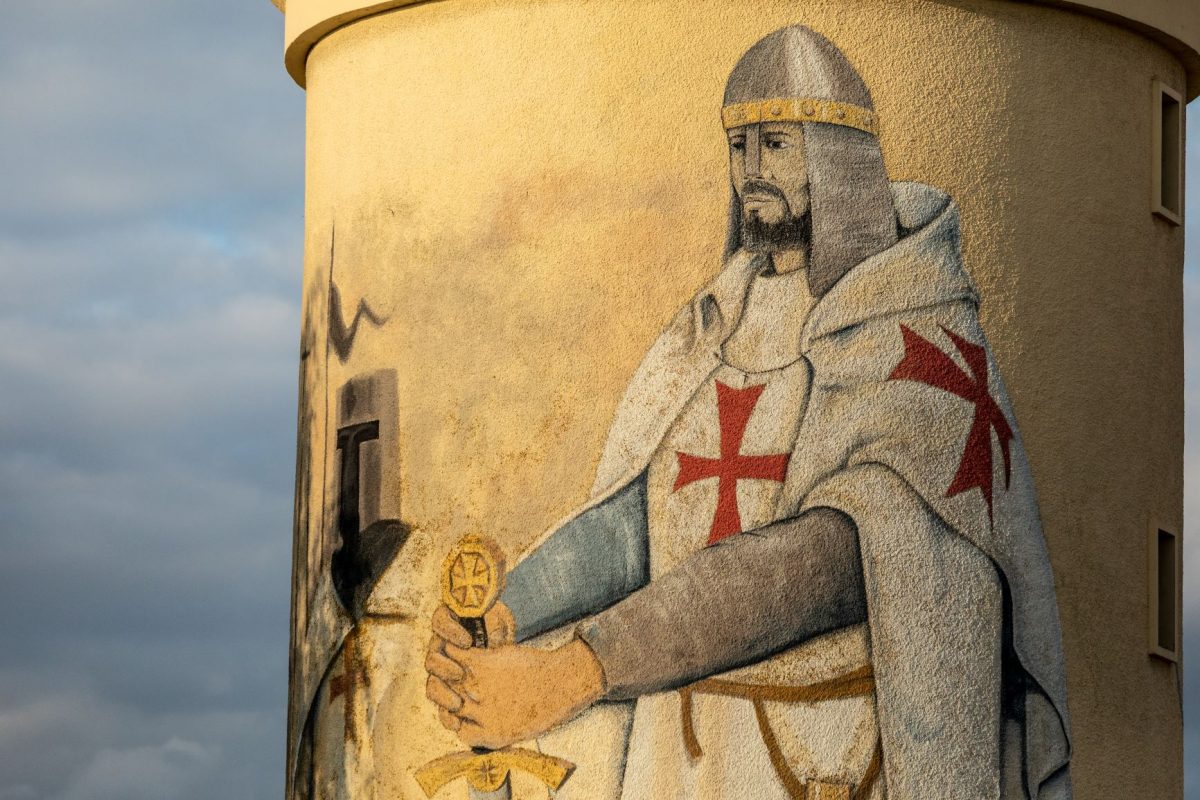
Not far from here, other villages also have a story to tell.
St Lyé , previously the home of the Troyes bishops, was the place that Louis X the Headstrong (son of Philippe the Fair) married Clémence of Hungary.
Barberey St Sulpice has a majestic 17th century castle enclosed in vegetation, an elegant Louis XIII style abode made of brick and stone, opposite a French style garden, which has been given official recognition by the French Committee for Parks and Gardens.
And not far away, in the middle of the chalky plain, in a lush opening, like the land’s backbone, lies the Seine valley.
Enjoy following the canal that runs alongside it: the Canal de la Haute Seine, a green waterway that replaced the old tow path used at the time of the canal boats. A real haven of peace for nature lovers, exploring by foot, or by bike…
In this lush valley, pretty villages are nestled and stretched out along the road on the edge of this chalky plain, Mergey, Ste Maure and its elegant listed church which stands proudly… And then… Expanses, fertile plains, farming villages, Lavau, Vailly… and on the edge of Troyes, Creney Près Troyes and its very surprising Musée des Vieux Coqs, a private museum that has a collection of cockerels from church weather vanes, the oldest dating from 1686!
Finally, the town of Tricasse appears in the distance, beyond Pont Sainte Marie, with its imposing listed church, Notre Dame de l’Assomption, dating from 16th century, with its many riches (stained glass, sculptures, etc.).
